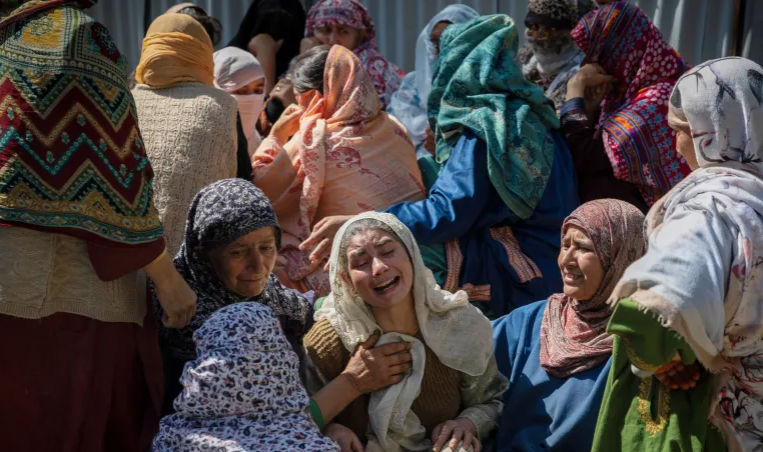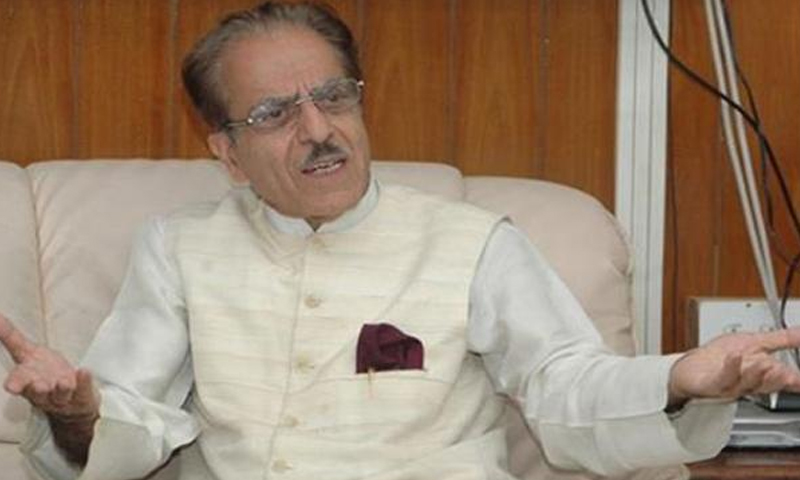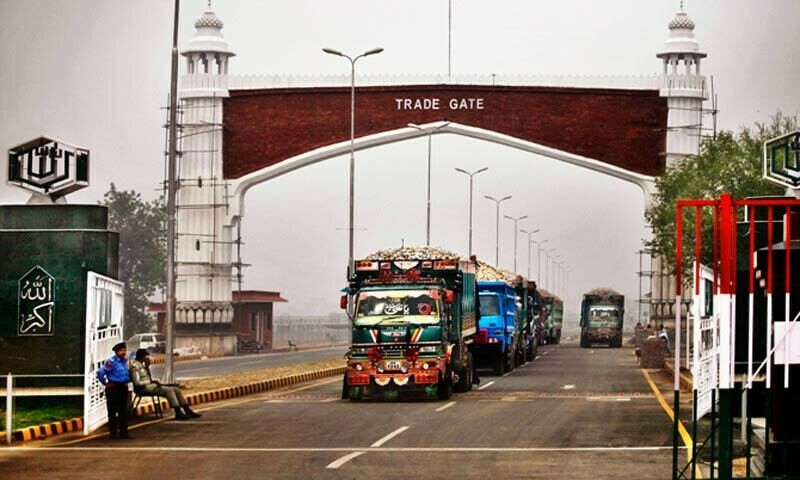WORLD NEWS

The devastating April 22 attack in Pahalgam, Indian-administered Kashmir, which killed 25 tourists and a local pony rider, has set off a chain of events that has escalated tensions between India and Pakistan, bringing them to the brink of military conflict.
As the region grapples with the aftermath of the worst attack in Kashmir in 25 years, the impact on the local population has been profound, not only in terms of security concerns but also in the collapse of the region's tourism industry.
The Attack and Its Aftermath:
On April 22, suspected rebels emerged from the forests of Pahalgam and opened fire on a group of tourists, killing 25 and severely injuring others. This attack marked the deadliest assault on the region since 2000, triggering a series of responses from both India and Pakistan.
While India blames Pakistan for harboring militants, Islamabad denies the accusations and demands proof. Tensions have rapidly escalated, and Kashmir, the focal point of these disputes, has once again become a hotspot for violence and unrest.
Economic and Social Fallout:
For many Kashmiris, the impact of the attack has been both financial and personal. A local architect, deeply involved in adventure tourism in Kashmir, spoke of how the government’s decision to suspend trekking activities and close numerous tourist destinations led to significant financial losses. This has left many like him struggling to make ends meet, with tourist bookings drying up and local staff losing their jobs.
“The months of planning, coordination, and partnerships were halted overnight,” he said. “I was looking forward to a good season, but now, everything is at a standstill. I fear we won’t survive if this continues.” For those reliant on tourism, such as local taxi drivers, guides, and street vendors, the loss is even more acute.
Psychological Impact:
The fear generated by the attack has also translated into harassment and displacement for Kashmiri families, particularly for those with Pakistani roots. One woman, who had come to Kashmir through a rehabilitation policy for families of former rebels, voiced her fear of being sent back to Pakistan. The emotional toll on her and others like her is evident. “I have built a life here. I don’t want to be separated from my family,” she said tearfully.
Living Under the Shadow of Fear:
While some parts of Kashmir have returned to normalcy, others remain tense. Another local vendor shared his experience, noting that despite initial fears, life has slowly resumed in his area. “People are still coming to buy pani puri. The atmosphere is calm for now, and I feel safe,” he stated. However, the anxiety and uncertainty remain as the region's future hangs in the balance.
Political and Social Uncertainty:
The Indian government has responded by raiding homes, detaining suspected rebels, and expelling Pakistanis from Indian-administered Kashmir. Reports of harassment against Kashmiri locals in Indian cities have also surfaced, adding to the climate of fear and insecurity.
Meanwhile, families with ties to Pakistan feel caught in the middle, unsure of their future in the region. The emotional toll is especially high for those who have lived in Kashmir for years, integrating into the local culture and making the region their home.




